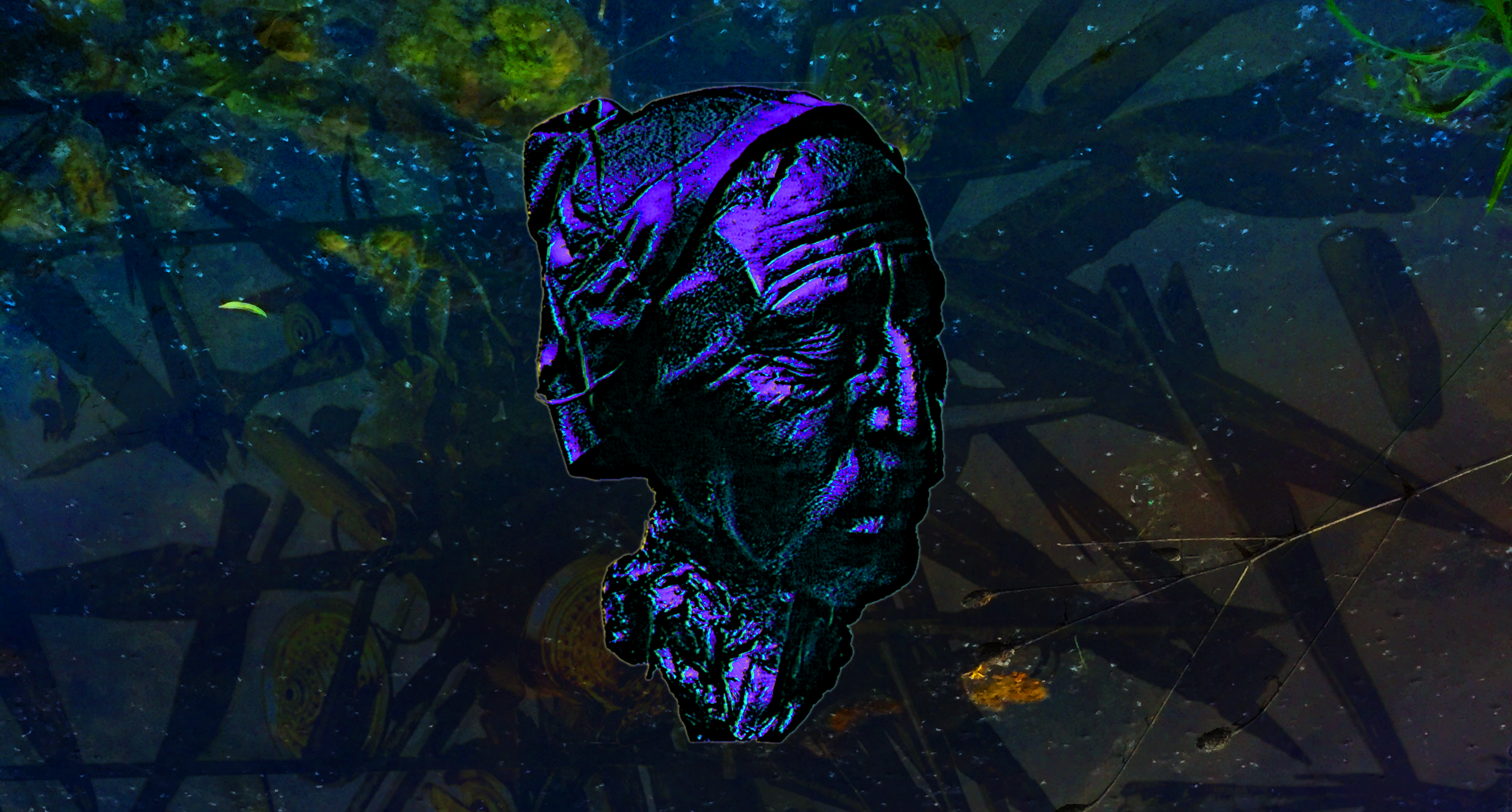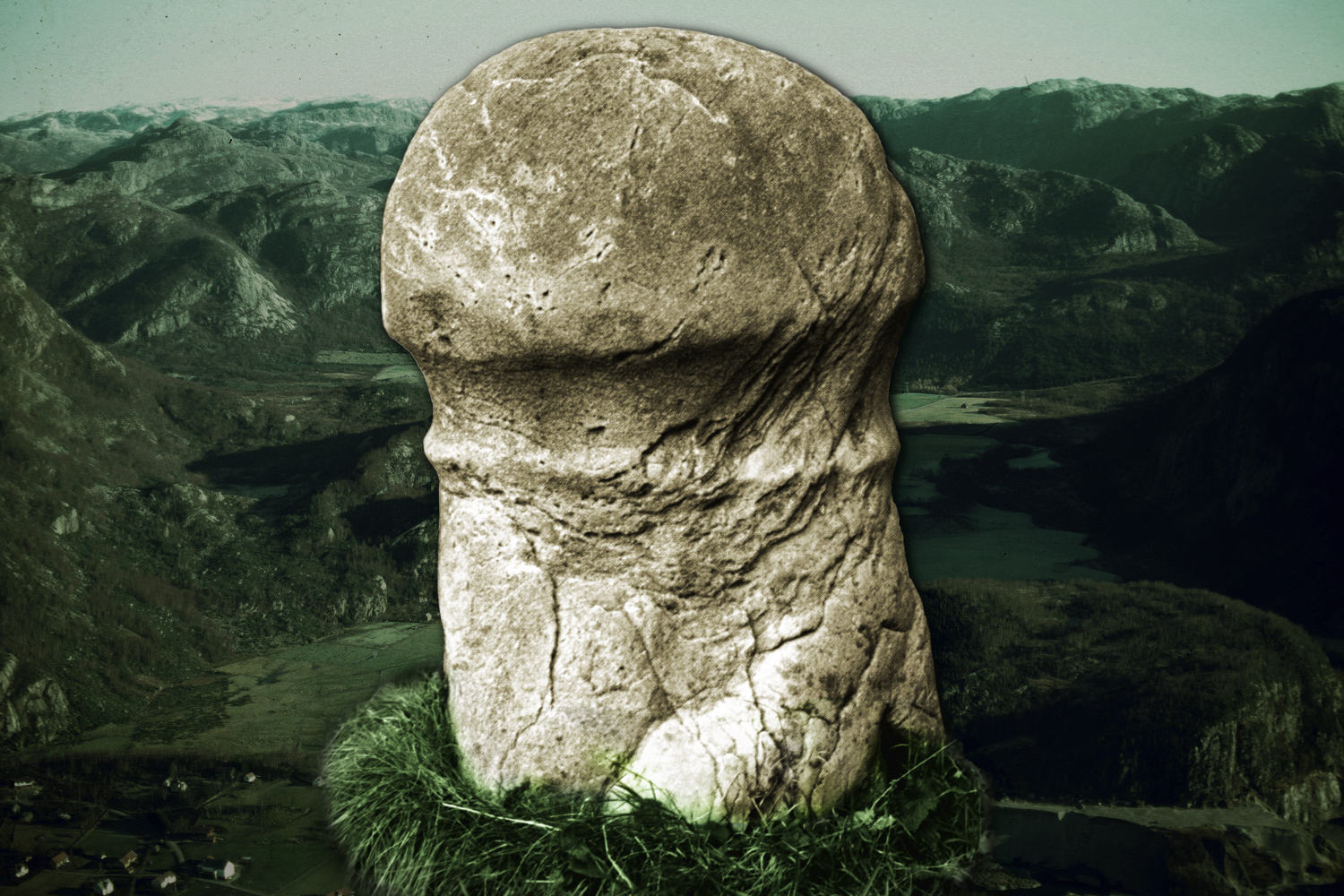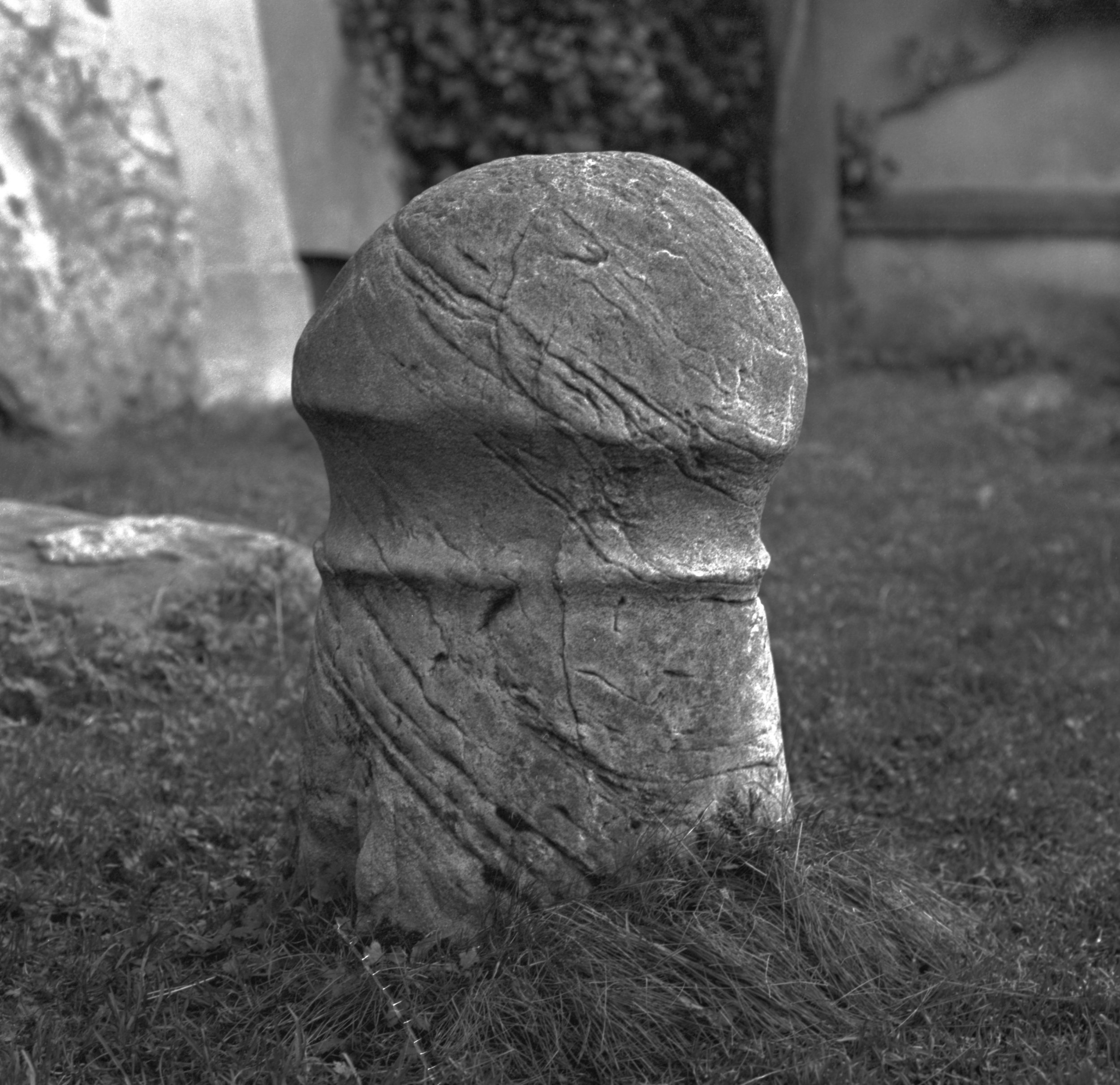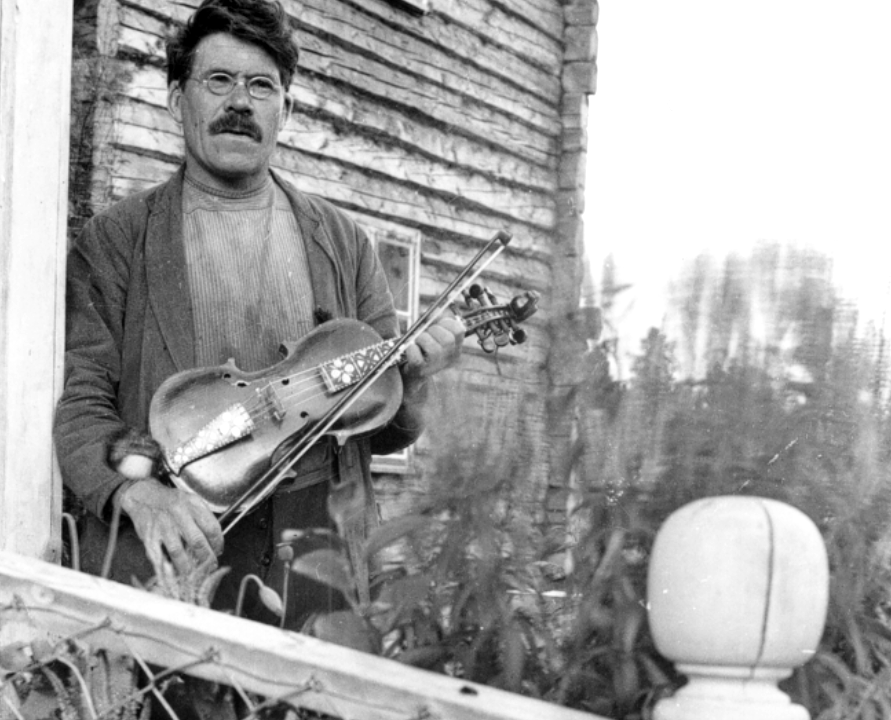Thus spake the poet Þorbjǫrn Hornklófi in Haraldskvæði, a praise poem in honor of Norways first and unifying king. July 18th celebrates the day of king Haraldr Hárfagri's victory at the Battle of Harfsfjorð and consequently the first (but certainly not the last) unification of the Norwegian Kingdom, traditionally held to have happened in 872. This event is interesting for a number of surprising reasons.
First of all, we don't know when the battle actually happened, or even if it happened at all, so why July 18th? The mundane answer is that July 18th was chosen because this was the only vacant date in the Swedish crown-prince Oscar II's schedule when it came to unveiling of the Haraldshaugen National Monument ("Harold's Barrow") for the 1000 year anniversary of Norway's unification (we were still in union at the time). Surrounded by 28 granite stones, all sourced from the equal number of districts of Harold's conquest, Haraldshaugen's centerpiece consists of a 17 meter obelisk raised on top of king Harold's alleged burial mound. The occasion was a national holiday, and 20.000 visitors descended upon Haugesund to participate, a sizeable crowd for town of only 4000 people at the time.
A plaque at the pillar's base translates:
"Harold Fairhair was buried here in this mound, 933"
But this laconic statement is not true.
The first source to comment upon Harold's burial site is Ágrip, a short royal saga from the turn of the 13th century, whose author identifies the original unifier's barrow on the farm of Hauge by Hasseløysund. Drawing from what seems to be the same tradition, Snorri gives a detailed description of what he considered to be Harold's grave in Heimskringla. He probably visited the site during his tour of Norway in 1218, which would make him an eye-witness to a local historical tradition. The problem is that Snorri seems describe a stone cyst grave, which is not a Viking Period custom. Barring an archaeological anomaly, Snorri must be mistaken.
Snorri's description was picked up by the Icelandic historian Thormod Thorfæus in the 18th century, who was exiled to Norway after a drunken tavern slaying. Thormod, who was no wiser than Snorri in terms of archaeological theory, found no grave at Hauge, but claimed he found the lid of Harold's tomb on the neighboring farm of Gard, where it was used as a threshold, and sometimes a floor for village dances.
Later antiquarians were not so sure, and frequently argued for and against various locations of the burial, including a "Harold's Mound" on the aforementioned farm Hauge, which had been turned into a root cellar by the local peasants. Though archaeological evidence on Gard was lacking, the identification of a Medieval church site was taken to confirm Snorri's account, and a series of vague exchanges, with ample help from a popular poem by Ivar Aasen, cemented the notion that Gard was indeed the site of of Harold's burial. Among the barely discernible graves on the site, none of which fit Snorri's original description, the monument was raised in part thanks to a populist appeal by prominent local citizens, on what seems to be a Bronze Age cairn with no evidence of a secondary, Viking Age, burial.
This isn't the only scrutiny poor Harold has suffered. Many historians have questioned the narrative of national unification presented by Snorri and other Medieval chroniclers, and some have even gone so far as to question whether Harold ever lived at all, or if he is simply a figment of political propaganda. For all intents and measures, a Medieval PSYOP. This extreme reductionist stance inadvertently highlights an interesting point: What does "being real" mean in the context of a legend? Whether or not Harold lived as his saga describes, the man only set the ball rolling: the myth far outshines the human being.
In the context of myth, a narrative is true: The myth was real enough to Norse monarchs, who attached actions with very real and tangible results to the idea. As myth, Harold is the founding father of not one, but two nations: Iceland and Norway, who interpret his role divergenly as either a manifestation of Norwegian ethnolinguistic integrity, or a catalyst for an apparently innate Icelandic desire to serve no masters, and suffer no tyrants.
The transition of Harold from a man of flesh and blood into a larger than life entity began with the skaldic poetry celebrating him, and he has been a symbol and a tool ever since. It laid the foundation for a myth of origin, which Norway could cling to on the path to independence in the very far removed historical context of the nation state. In that regard, Haraldshaugen remains an anachronism, but one that demonstrates the continuity of a heroic and legendary figure whose real personality eludes us. Above all, it highlights the power of stories.





































































